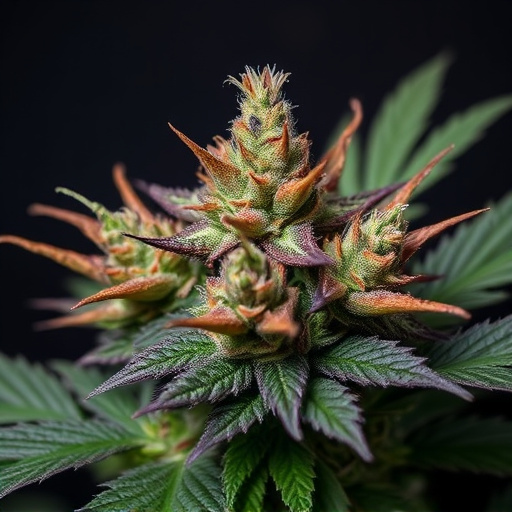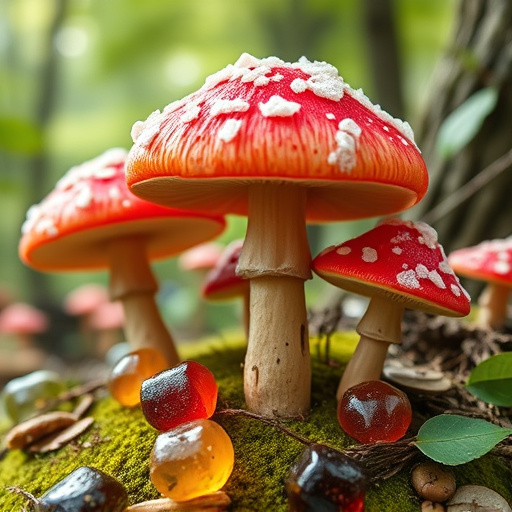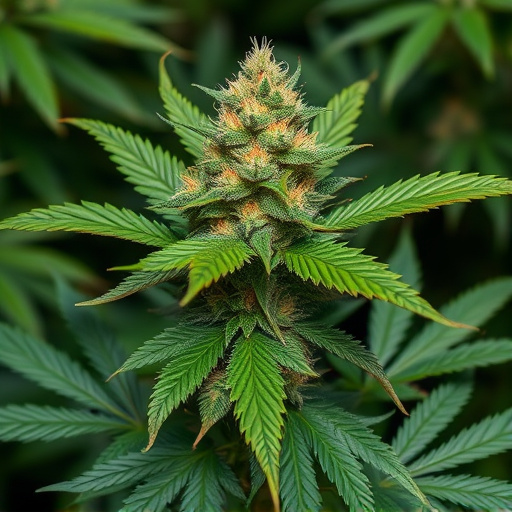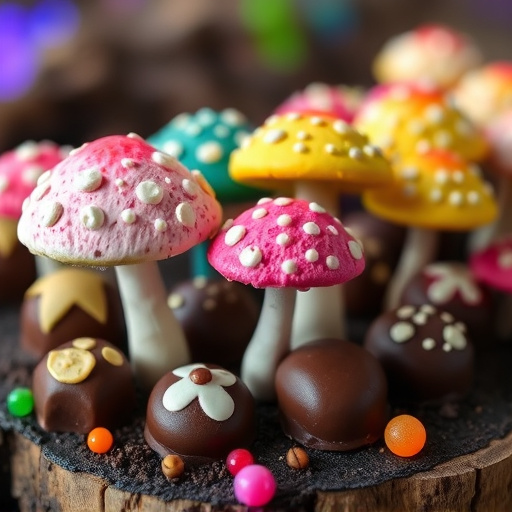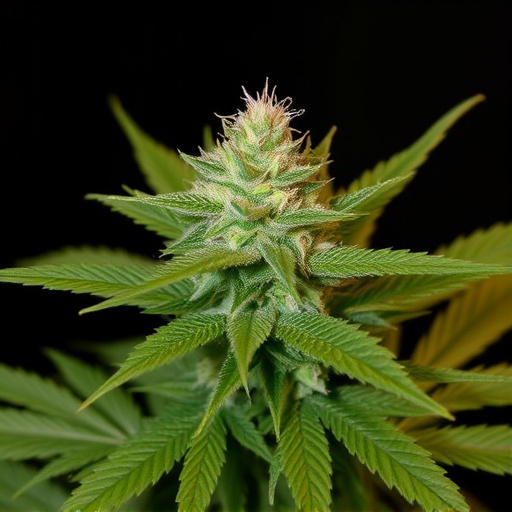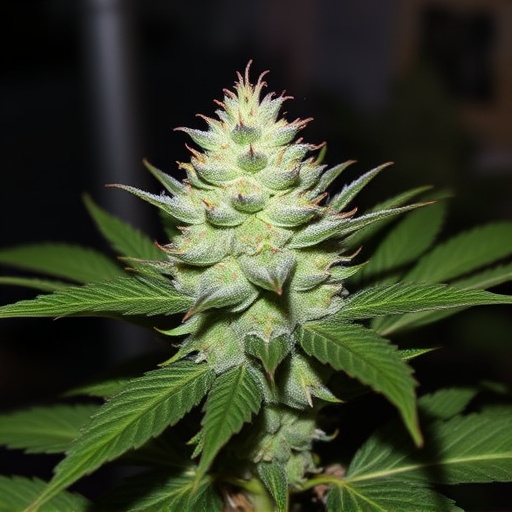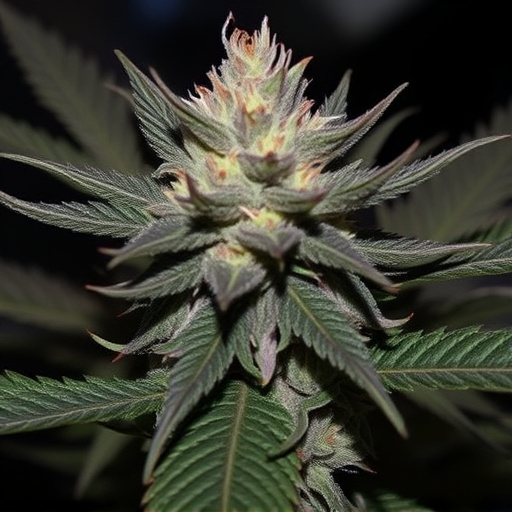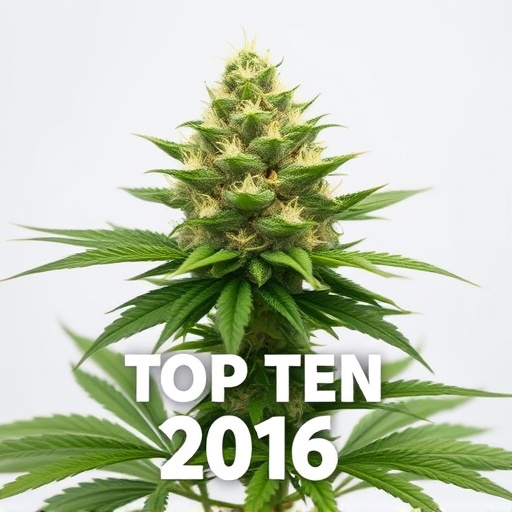Cannabis curing, a vital process affecting potency and quality, involves controlling temperature, humidity, and airflow during drying. In 2016, top ten cannabis strains celebrated for their unique attributes, including potent THC/CBD blends and therapeutic effects, attributed to proper curing techniques. This technique enhances terpene profiles, flavors, aromas, and potential medical benefits, while improving flower resilience and extending shelf life. Curated strains from that year, like Blue Dream, OG Kush, and Granddaddy Purple, remain popular choices for both recreational and medical users due to their enhanced quality and potency.
“Unraveling the art of cannabis curing reveals a crucial step in enhancing flower potency. This process, often overlooked, significantly impacts the final product’s quality and effects. In this article, we explore the science behind curing and its profound effects on modern cannabis preferences, specifically focusing on the top ten strains of 2016. By understanding how curing influences these popular varieties, cultivators and consumers alike can make informed decisions, ensuring optimal potency and enhanced experiences.”
- Understanding Cannabis Curing and Its Effects on Potency
- Top Ten Cannabis Strains in 2016: A Look at Their Potential Benefits from Curing
- The Science Behind Curing and Its Impact on Flower Quality and Potency
Understanding Cannabis Curing and Its Effects on Potency
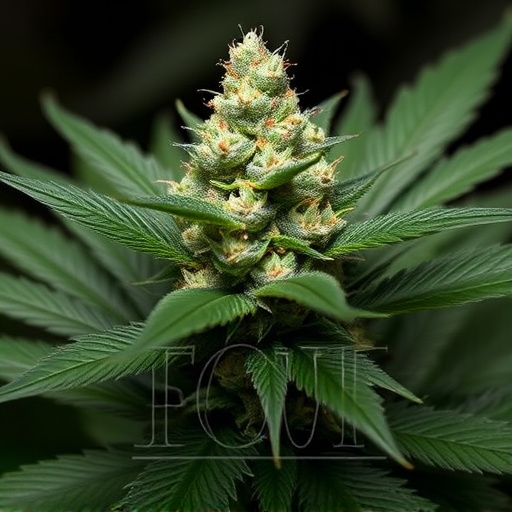
Cannabis curing, a process that involves aerating and gradually drying harvested buds, plays a crucial role in determining the final product’s potency. This method, often overlooked, significantly influences the plant’s chemical composition, especially regarding terpene profiles and cannabinoid concentration. By controlling temperature, humidity, and airflow during curing, growers can enhance or alter specific effects associated with different cannabis strains.
In 2016, when rankings of the top ten cannabis strains were announced, many notable varieties showcased exceptional potency partly attributed to proper curing techniques. Curing allows for a more uniform and consistent product, ensuring that each bud offers a predictable experience. It also helps in achieving desirable characteristics, such as enhanced flavor, improved aroma, and a smoother smoking or vaping experience, which are essential factors considered by cannabis enthusiasts and the growing medical community alike.
Top Ten Cannabis Strains in 2016: A Look at Their Potential Benefits from Curing

In 2016, the cannabis landscape was abuzz with discussions around the top ten strains dominating the market. These varieties were celebrated for their unique characteristics and potential benefits, with many enthusiasts attributing much of their appeal to the curing process. Curing, a crucial step in cannabis cultivation, involves drying and storing the harvested flowers under specific conditions, allowing various chemical compounds to develop and intensify over time.
Among the top ten strains, varieties like Blue Dream, OG Kush, and Granddaddy Purple were highlighted for their potent blends of THC and CBD, which have been linked to therapeutic effects. Curing played a significant role in enhancing these strains’ aroma, flavor, and potency, making them popular choices among medical and recreational users alike. The process not only improves the overall user experience but also offers a range of potential benefits, from increased relaxation to pain management, making 2016 a memorable year for cannabis enthusiasts exploring the top ten strains and their curing-related advantages.
The Science Behind Curing and Its Impact on Flower Quality and Potency
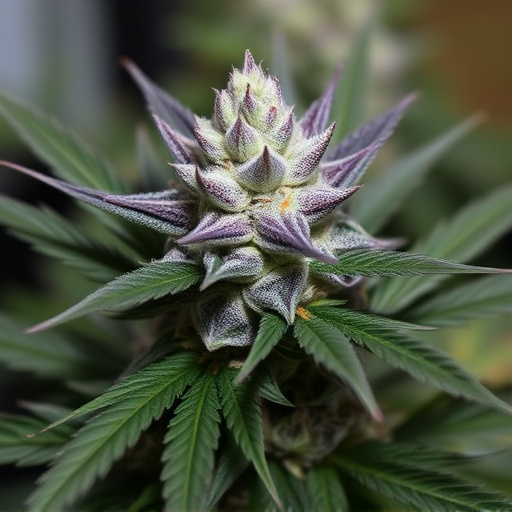
The art of curing is an essential step in cannabis cultivation, often overlooked yet crucial to achieving optimal flower quality and potency. This process involves carefully controlling temperature, humidity, and ventilation to allow the plant’s resins and terpenes to mature and concentrate. When cannabis flowers are cured correctly, it leads to several desirable effects, as backed by scientific research.
Studies have shown that curing enhances the plant’s overall terpene profile, with many top-rated cannabis strains from 2016 attributing their success to proper curing techniques. Terpenes, responsible for the unique flavors and aromas of different cannabis varieties, become more abundant and diverse during curing. This not only contributes to a more complex and desirable scent but also may increase the plant’s potential therapeutic benefits. Additionally, curing improves the resilience of the flowers, making them less prone to degradation, ensuring a longer shelf life, and allowing consumers to appreciate the full scope of the cannabis experience.
In conclusion, while curing can enhance cannabis flower potency, it’s crucial to understand its effects vary by strain. As seen in our look at the top ten cannabis strains of 2016, proper curing techniques significantly impact both quality and potency. The science behind curing reveals a complex interplay between terpene development, cannabinoid concentration, and plant cellular structure, ultimately shaping the final product experienced by consumers.
